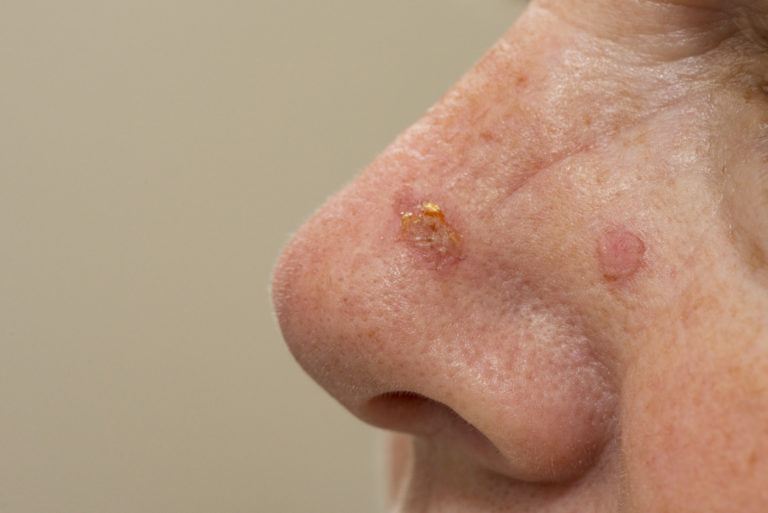
Actinic keratosis are rough scaly patches on the skin caused by chronic sun exposure. They are more common in fair skin/blue-eyed people and are precancerous. If left untreated, actinic keratosis may progress to squamous cell skin cancer. Therefore, early treatment of actinic keratosis will reduce the risk of developing skin cancer. Treatments for Actinic Keratosis include: Fluorouracil, Imiquimod, Picato, Diclofenac, Liquid nitrogen, and PDT.
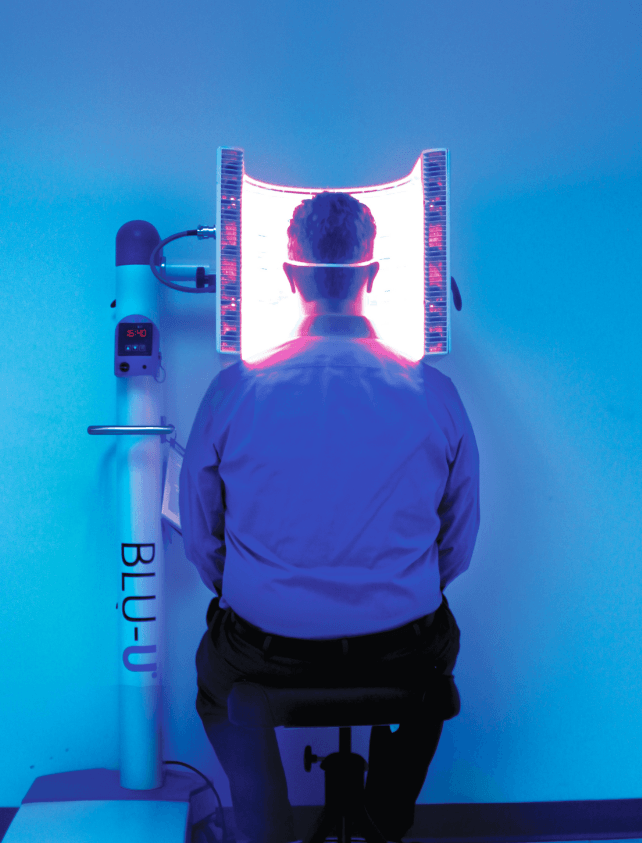 PDT is an FDA approved treatment for actinic keratosis. It works through the topical application of a photo sensitizing chemical (Levulan) which is then stimulated by a blue wavelength of light. The chemical reaction subsequently destroys actinic keratosis (i.e. precancerous lesions).
PDT is an FDA approved treatment for actinic keratosis. It works through the topical application of a photo sensitizing chemical (Levulan) which is then stimulated by a blue wavelength of light. The chemical reaction subsequently destroys actinic keratosis (i.e. precancerous lesions).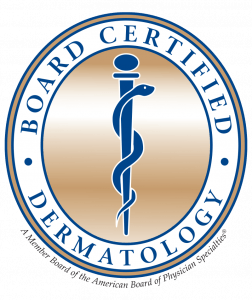
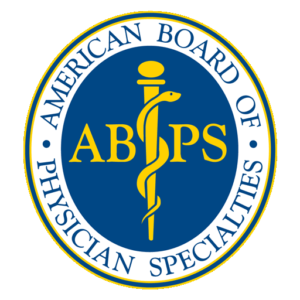


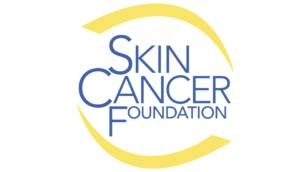


Copyright © 2024 Craig Singer MD | All Rights Reserved
Sitemap - Privacy Policy - Terms & Conditions - Notice of Privacy Practices (NPP) and Disclosure of Protected Health Information (PHI)
All content found on the SingerDerm.com Website, including: text, images, audio, or other formats were created for informational purposes only. The Content is not intended to be a substitute for professional medical advice, diagnosis, or treatment. Always seek the advice of your physician or other qualified health provider with any questions you may have regarding a medical condition. Never disregard professional medical advice or delay in seeking it because of something you have read on this Website.